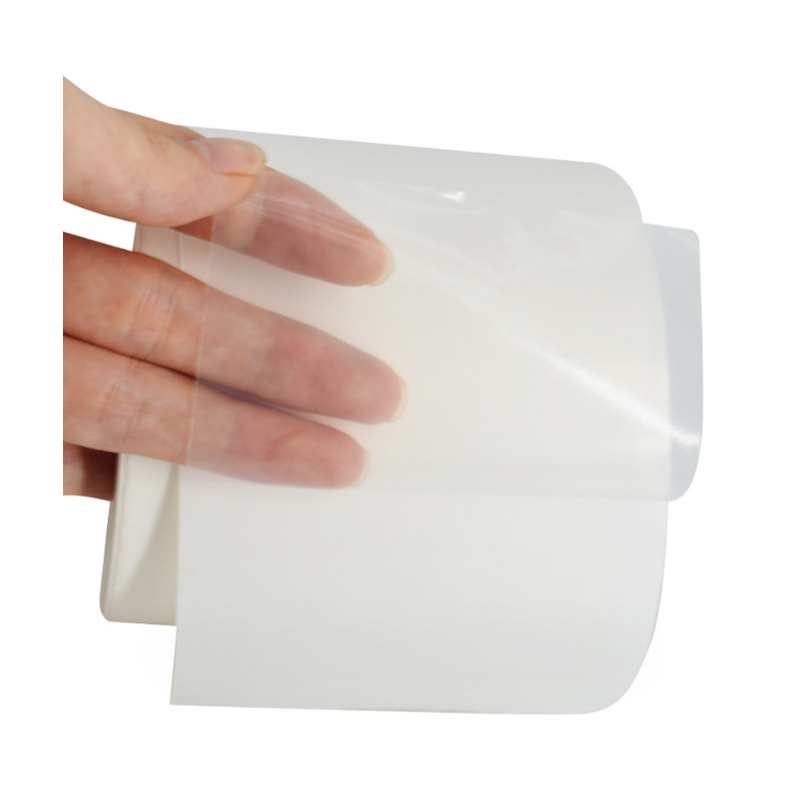Textile labels are a small but essential part of any garment, providing crucial information about the fabric, care instructions, and brand identity. The material used for these labels plays a significant role in the overall quality and functionality of the label, affecting both its durability and appearance. Selecting the right textile label material is not just about aesthetics; it also contributes to the garment's comfort, sustainability, and brand messaging.
Types of Textile Label Materials
There are several popular materials used in textile labels, each with its advantages and disadvantages. Here are some common options:
Woven Labels
Woven labels are created by weaving threads together, typically using materials like cotton, polyester, or satin. They are durable, resistant to fraying, and have a high-quality finish. These labels can display intricate designs and are commonly used in high-end garments. The downside is that they can feel stiff or scratchy against the skin, which may affect comfort.
Printed Labels
Printed labels are made from materials like satin, nylon, or polyester and have designs printed directly onto the fabric. These labels are cost-effective and flexible, offering a wide range of customization options. However, the print may fade over time, especially after frequent washing.
Heat Transfer Labels
Heat transfer labels are popular for their seamless and tagless design. These labels are applied directly onto the fabric using heat, making them ideal for sportswear or clothing where comfort is a priority. They are soft, do not irritate the skin, and maintain the garment's aesthetic. However, heat transfer labels may not last as long as woven or printed labels, as they can peel off after repeated washes.

Leather and Faux Leather Labels
Leather and faux leather labels are primarily used for denim, outerwear, or accessories. They provide a premium look and feel and can be embossed with logos or brand names. While leather labels are durable, they may not be suitable for all types of clothing due to their heavier weight and higher cost.
Key Considerations for Choosing Textile Label Material
When choosing the right textile label material, there are several important factors to consider:
Comfort: Labels that touch the skin, such as care labels, must be soft and non-irritating. Woven or printed satin labels are ideal for this purpose.
Durability: Garments that undergo frequent washing and wear require durable labels that can withstand the rigors of use. Woven or leather labels are excellent choices for these situations.
Aesthetic Appeal: The label is often the first point of contact with the brand, so it must reflect the desired image. Luxury brands may opt for woven labels or leather to create a premium feel, while casual brands may choose printed or heat transfer labels for a minimalist look.
Sustainability: As more brands move towards eco-friendly practices, the demand for sustainable label materials is increasing. Options like organic cotton, recycled polyester, or biodegradable materials can enhance a brand’s commitment to sustainability.
We have a professional R&D team and strong manufacturing capabilities to ensure product quality and delivery while doing a good job in product iteration and innovation.
Address : Building 2. No.111 Xincheng Road, Xitangqiao Street, Haiyan, Jiaxing, Zhejiang Province, China
Phone: +86-150 0573 0249
Tel: + 86-0573-8685 2732
Fax: + 86-0573-8685 2732
E-mail: [email protected]
Copyright© Zhejiang Guanma Packaging Co., Ltd.
 Privacy
Privacy
OEM Self Adhesive Label Material Manufacturers Waterproof Labels Suppliers Custom Adhesive Label Material Factory

 English
English русский
русский Español
Español عربى
عربى